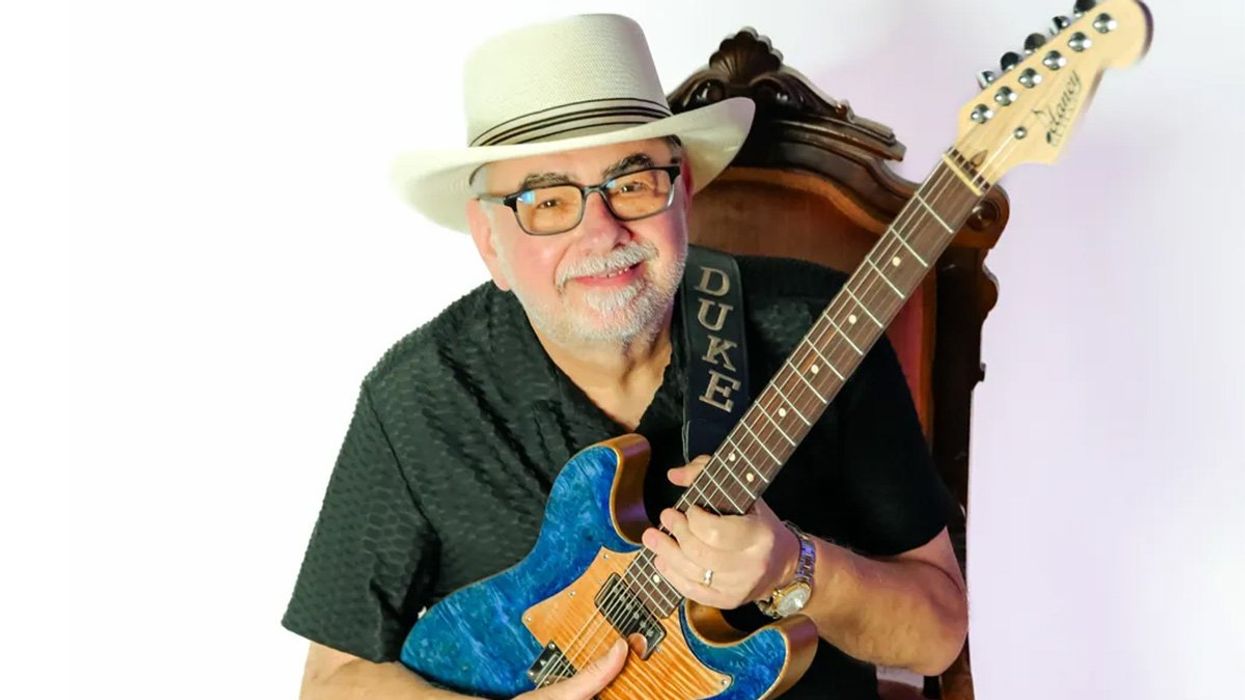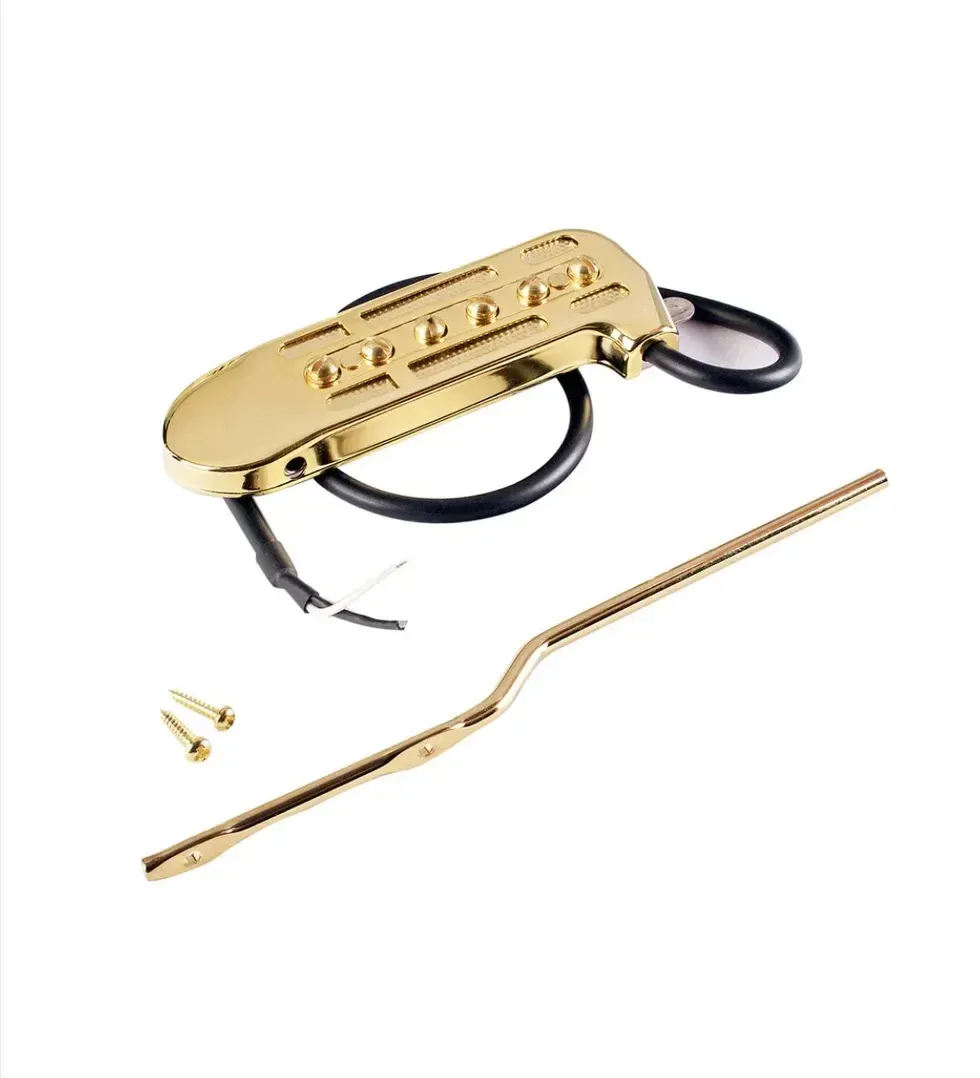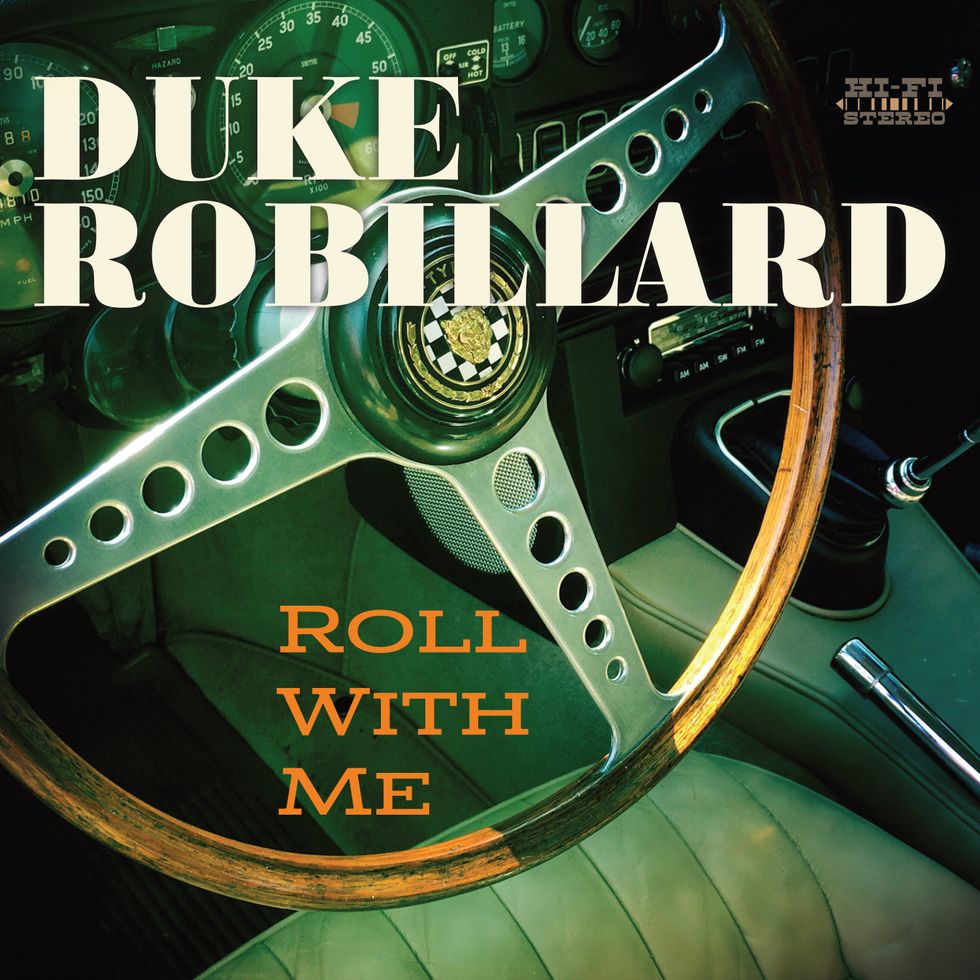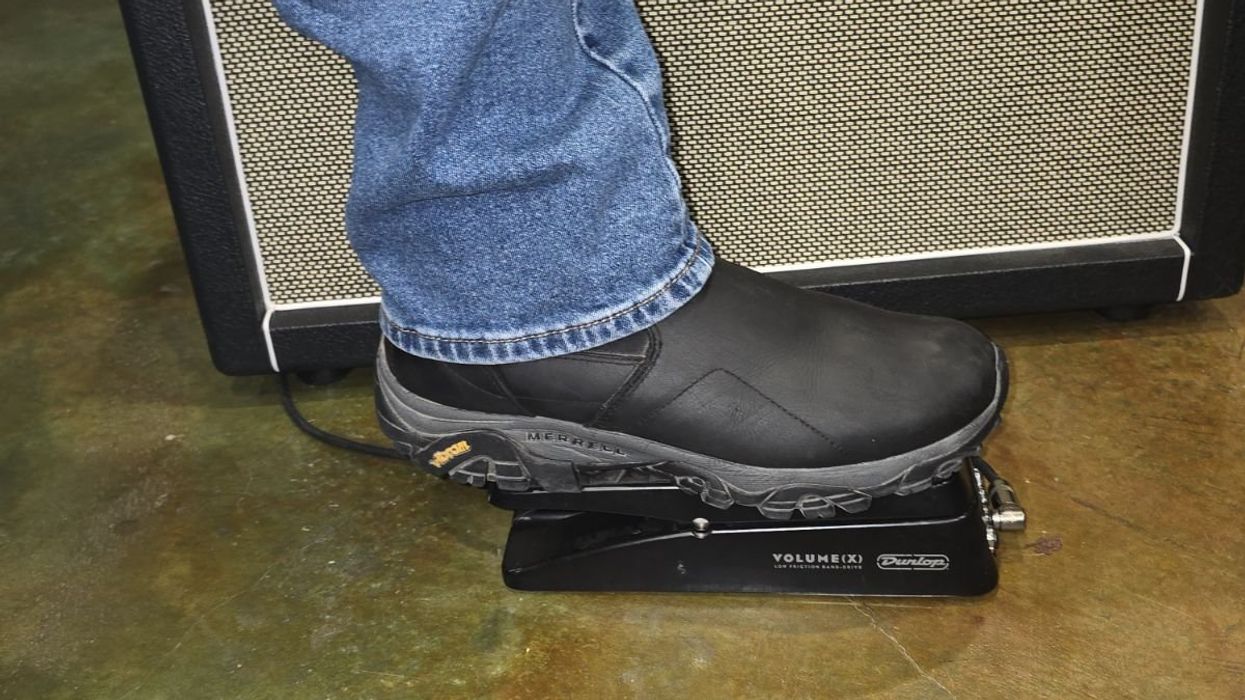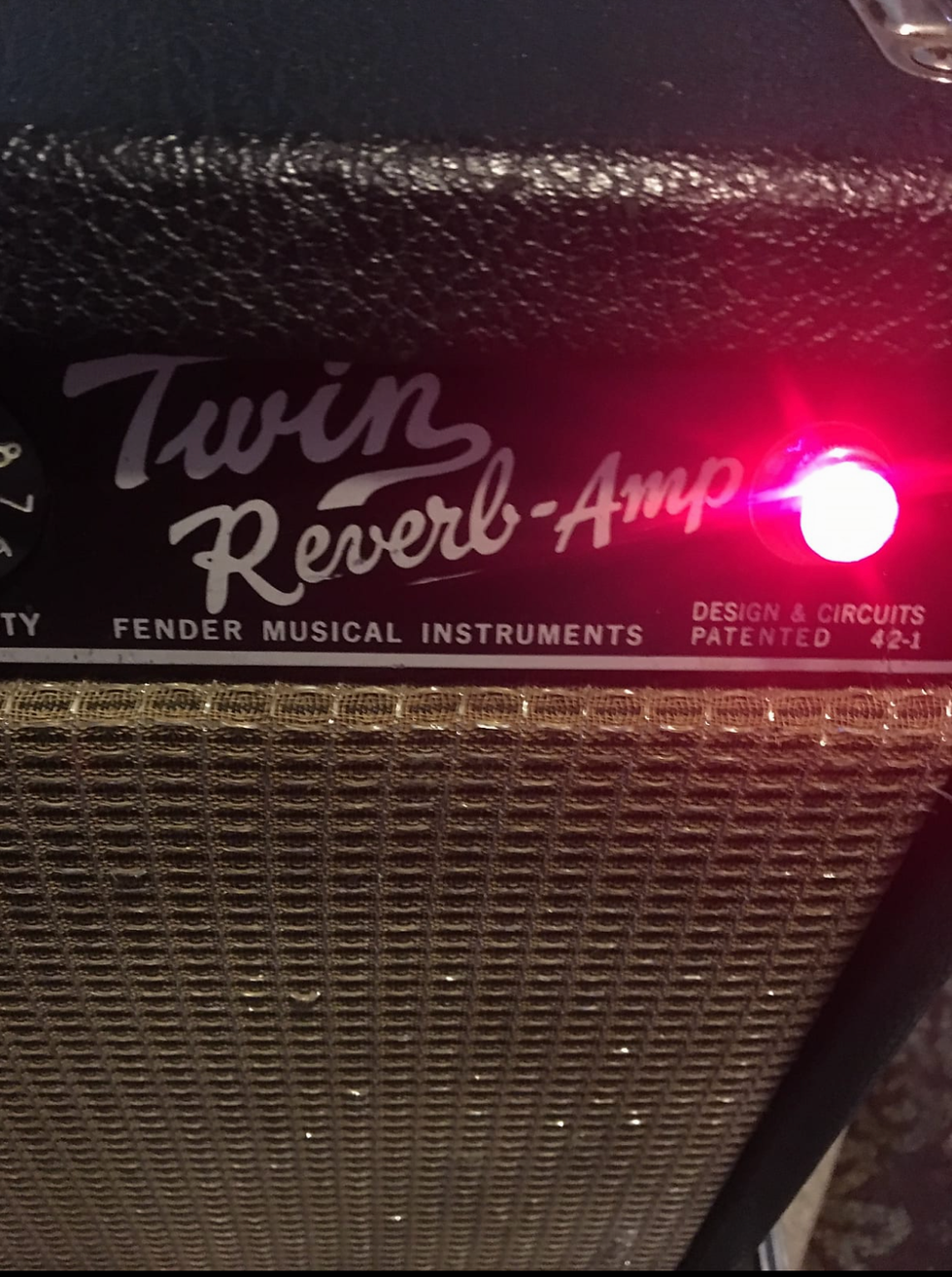There’s a scene in David Lynch’s Mulholland Drive where Naomi Watts and Laura Harring’s characters find themselves in a darkened, mostly empty theater. Against a backdrop of spooky, synthy chords, they breathlessly watch the night’s oddball emcee deliver an intense, cryptic soliloquy on recorded sound. A trumpet player slowly walks onto the stage, the two characters clutching each other. They—and you—get fully drawn into his muted, jazzy lines. Suddenly, he pulls his instrument away from the mic, throwing his hands in the air. But the solo continues. The narrator looks to the audience: “It’s all recorded.”
Like the best Lynch moments, it’s a thoroughly dramatic moment that needs to be experienced with all applicable senses. Words alone won’t do. This scene is meant to stick with you.
I had that scene in mind as I first plugged into an Electro-Harmonix Freeze. I wanted to play a note and have it keep going … and going … until the audience would see that those notes were just lingering in the air, my strings no longer vibrating, unsure what the effect is. The Freeze could do just that.
“This wasn’t some new iteration of some other effect—a crazy fuzz or a weird flanger. This was a new category.”
If you’ve never played one, the Freeze elegantly holds whatever you give it—a note, a chord, a pick scrape, or whatever else. For such an obvious effect to come out when it did felt so refreshingly groundbreaking. It represented new possibilities. This wasn’t some new iteration of some other effect—a crazy fuzz or a weird flanger. This was a new category.
There had already been ways to fake drones and sustained notes with loopers and delay pedals, but those inevitably had their quirks that ruined the illusion. David Cockerell, the designer of the Freeze, explains that loopers capture short bits of sound, apply an amplitude envelope, and play it back repeatedly. This can work to make sustained notes if the passage includes a whole number of cycles of the sound's fundamental pitch, but in most cases, you’ll hear a click when it repeats.
Back in the ’70s, the EHX team had worked on the idea for a sustain pedal. “At that time, the best I could do was intelligent-splice-single-cycle-looping,” recalls Cockerell. “This looked for a waveform match in the same way that guitar tuning meters do, and then endlessly played one cycle. It worked reasonably well for saxophone or other instruments with strictly harmonic overtones, but it was hopeless for guitar.”
”The pedal only requires one knob for volume, one toggle for latching or fast/slow swell modes, and a footswitch.”
Fast-forward to the early ’00s when DSP chips became available that could reproduce more complex sounds and overtones. While he was working on the EHX Hog with John Pisani, the company’s current-day chief engineer, the idea for a sustain pedal reared its head once again. Cockerell used an algorithm with a special provision that avoids freezing on a pluck transient, thus eliminating the risk of that pesky click. And the Freeze was born.
Released in 2010, the Freeze has a simple beauty. The pedal only requires one knob for volume, one toggle for latching or fast/slow swell modes, and a footswitch. Within, there’s such a wide range of subtlety: How you hit the pedal after your attack greatly affects the response. With the level setting, you can create subtle drones, much like an electronic shruti box, meant to subtly fill space. Or you can set it more obviously as you change chords, freeing up your hands. At higher volume settings in fast momentary mode, you can create glitchy stutter effects. And the way it interacts with other pedals opens up entirely new worlds.
I threw myself into the pedal not long after it hit the market, learning its nuances and eventually buying a second one to create a stereo effect. With my retuned 12-string Strat, I blasted my amps with drones, blowing a few speakers with abandon. Soon, the Freeze changed my approach to the guitar, and I released a series of solo drone and noise albums that took me across the U.S. and Europe. When I recognized Bill Frisell using one during a solo set, I’d bonded with the pedal so much that it was like a friend was sitting in with my favorite guitar player.
“I blasted my amps with drones, blowing a few speakers with abandon.”
There are plenty of pedals that have followed, adding more functionality. EHX’s Pico Deep Freeze, most obviously, but also the Gamechanger Plus, TC Electronic Infinite Sample, and the Chase Bliss Onward—enough that guitar sustain pedals have become their own class of effect. As fabulous as those pedals are, I still cherish the simplicity of the Freeze, a rare thing that leaves all the creative decisions on our side of the pedalboard.


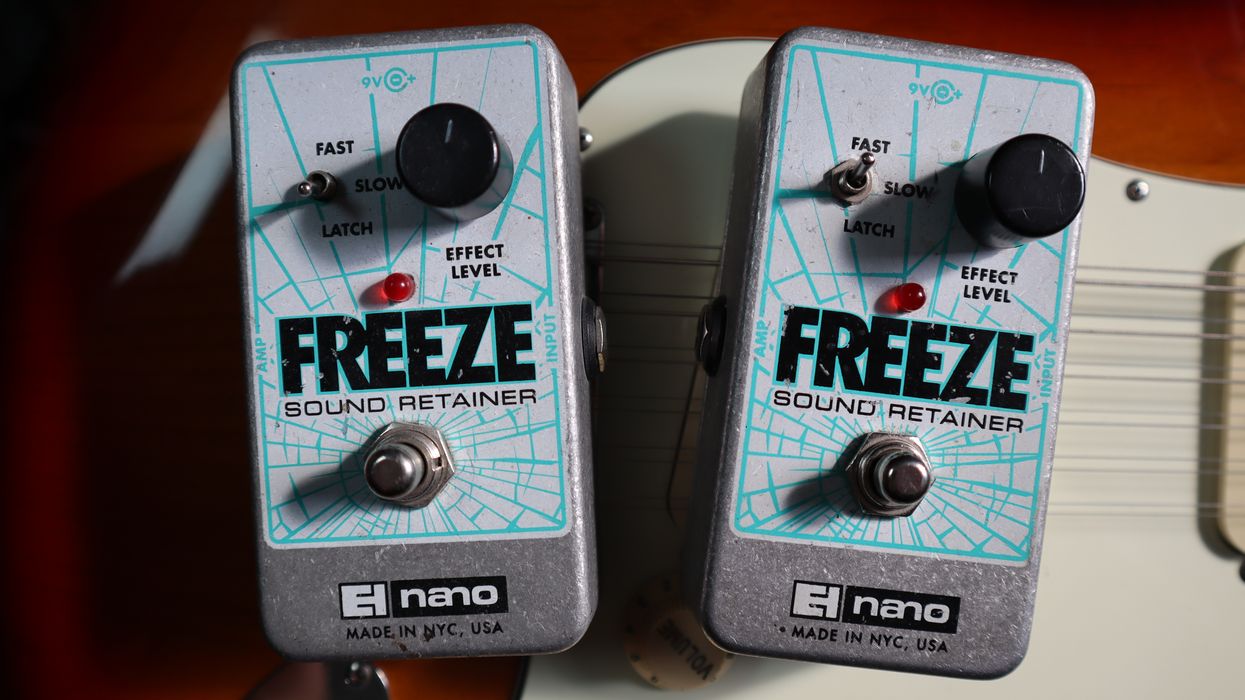


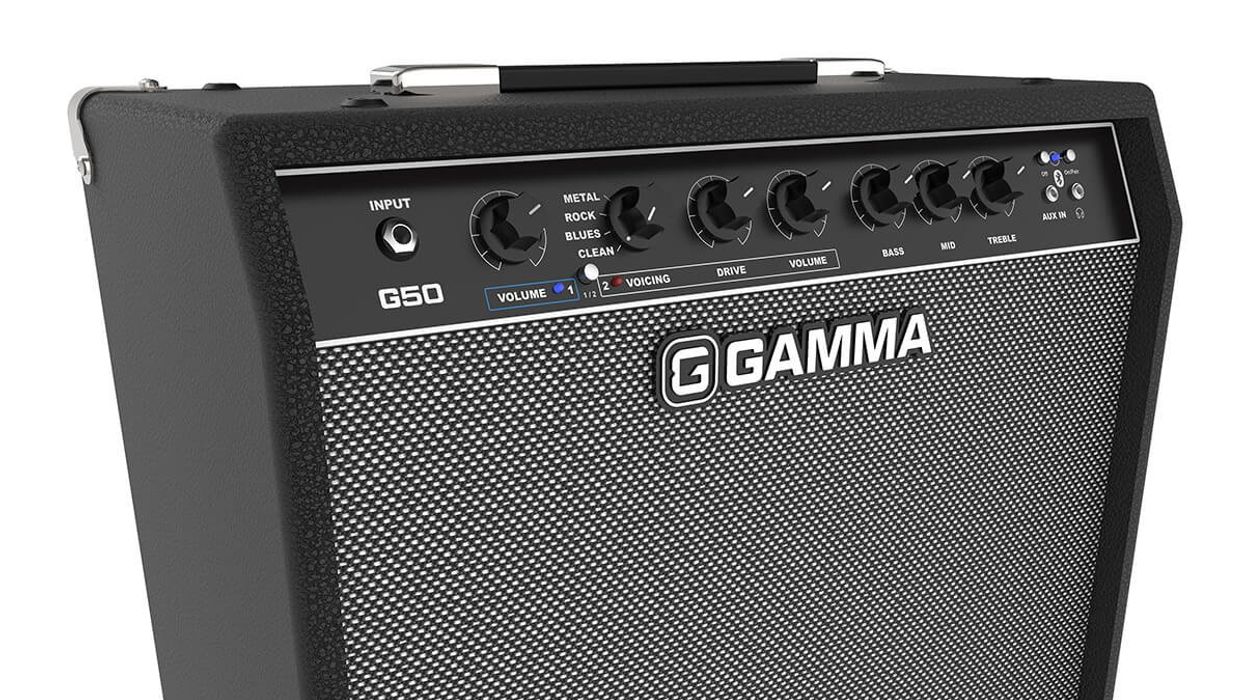
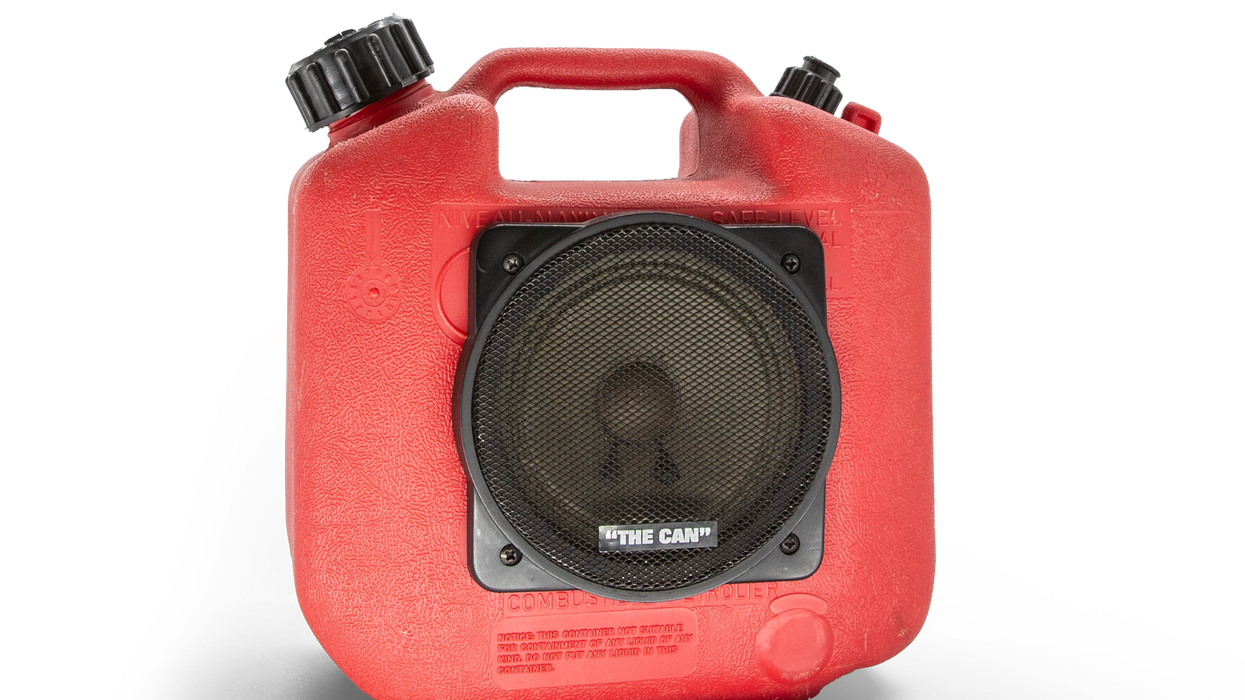


 Guitarists are used to coveting cranky, old gear, but if you’re not a rack user, the H3000 might not be for you! If you ever see one of these in a studio, be sure to take some time to check it out, and maybe give the plugin a try.
Guitarists are used to coveting cranky, old gear, but if you’re not a rack user, the H3000 might not be for you! If you ever see one of these in a studio, be sure to take some time to check it out, and maybe give the plugin a try.




![Rig Rundown: Russian Circles’ Mike Sullivan [2025]](https://www.premierguitar.com/media-library/youtube.jpg?id=62303631&width=1245&height=700&quality=70&coordinates=0%2C0%2C0%2C0)

